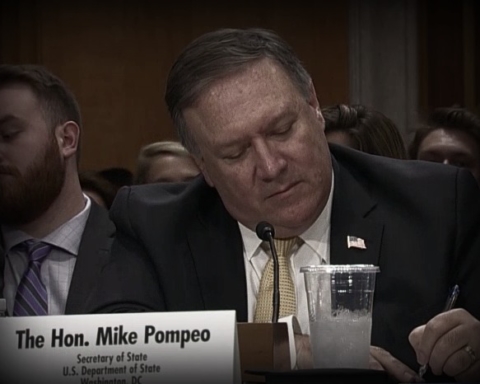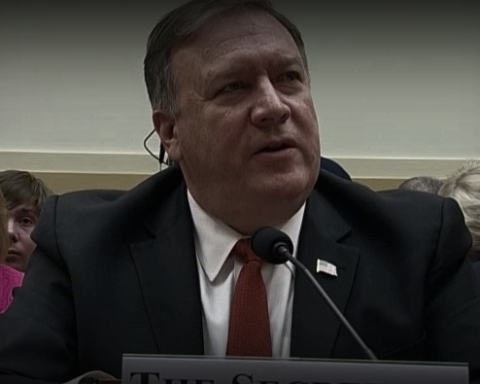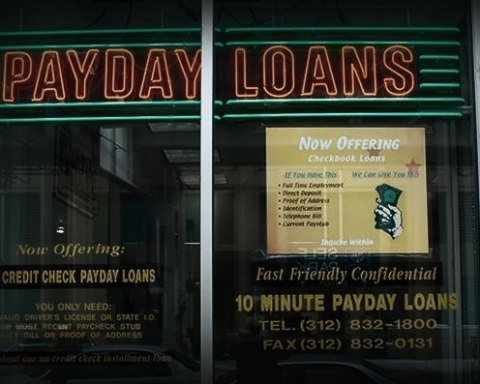The US Government is picking up the tab for state governments that have downsized programs to help workers injured on the job, according to a study published Wednesday.
More than one-fifth of the rise in the percentage of workers who received Social Security Disability Insurance (SSDI) in the past 25 years can be explained by cuts to state worker compensations programs, the Center for Economic and Policy Research (CEPR) found in the report.
“As a result of tighter state eligibility requirements, workers who might have otherwise been getting workers’ compensation for work-related injuries are now turning to disability insurance,” CEPR Director Dean Baker and one of the report’s authors said in a press release.
Baker said that the majority of the increase in SSDI use over the past two and a half decades can be attributed to an aging work force, but called a drop-off in workers’ compensation “an overlooked factor.”
The ratio of workers per thousand receiving SSDI has increased to 59 in 2014, from 24 in 1990.
“As a result of this sharp rise, the [SSDI] trust fund is now facing depletion, with the most recent projections showing that incoming revenue and existing reserves will be not be sufficient to pay full benefits through the end of 2016,” the report said.
Read the CEPR report here.








